Motown was almost a religion, a defining factor in world music. Founded in 1959 by Berry Gordy Jr, the label helped define the sound of soul music and made the genre popular in the 1960s.
The label was initially formed by singers, songwriters, musicians and producers mostly black, very skilled and with an elegant appearance that drew attention in the pop world. Gordy recruited artists from Detroit and across the country, these were a few who helped shape the Motown sound: Smokey Robinson & the Miracles, Martha Reeves, Stevie Wonder, Diana Ross, Mary Wells, Marvin Gaye, Edwin Starr, Gladys Knight & the Pips, Eddie Holland and the Jackson Five.
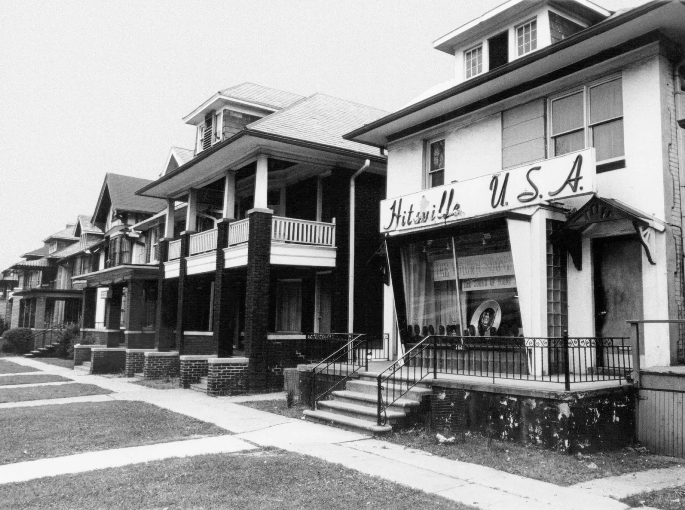
At the top of the front windows of Motown Records’ Detroit headquarters was a very large sign that read “Hitsville USA”. Placed there by Gordy shortly after his company moved into the modest home at 2648 W. Grand Blvd, the sign demonstrated the glow Gordy’s – and at the time, undeserved – arrogance. Then the slogan became reality.
Motown quickly became another Detroit factory; where the Big Three produced automobiles, Motown brought together the soul and pop classics that changed America. There is no hyperbole in this statement. Reaching the height of the civil rights movement, Motown was a black-owned, black-centered company that gave white America something they just couldn’t get enough of – joyful, sad, romantic, crazy, danceable, and edgy music. movement.
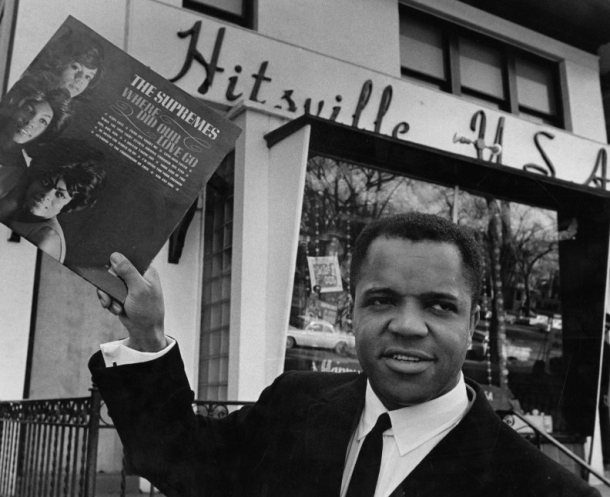
A former boxer and auto worker, Gordy was a budding songwriter when, at the behest of Smokey Robinson, a songwriter ten years Gordy’s junior, he decided to found Motown Records. The two had become good friends years before and Robinson, who was the lead singer of a band called The Miracles, produced, wrote and performed several of Motown’s most memorable hits – including the record companies’ first hit song, ” Shop Around” in 1960. A year later, The Marvelettes’ “Please Mr. Postman” was the label’s first No. 1 song. It wouldn’t be the last.
In the following period, the sheer number of chart-topping artists, musicians and groups produced by Motown defied understanding: Martha and the Vandellas, Smokey Robinson and the Miracles, The Temptations, The Four Tops, Diana Ross and the Supremes, Gladys Knight and The Pips, The Jackson 5, Stevie Wonder, Marvin Gaye. Everyone named Motown Sound. Rumor has it that Gordy modeled his successful factory after the Detroit car assembly line: make a good product, then make something similar, and make it fast. Here were the songwriters — Robinson and the team of Eddie Holland, Lamont Dozier and Brian Holland (Holland-Dozier, Holland or HDH). There was the talent – Stevie Wonder, who the label discovered when he was 11; Marvin Gay, who wanted so much to be a jazz singer before becoming a jazz singer in the late 1960s; and, most of all, Diana Ross, on whom the label placed its bet from the start, and who was so often told she was a star who shooed away one of the Supremes before leaving to launch a solo career. In a neglected corner were the studio musicians Funk Brothers, who played God knows how many hits. Let’s just say a lot.
During the sixties, Motown produced a catalog of music that cannot be rivaled. “You’ve Really Got a Hold On Me”, “Heat Wave”, “Dancing in the Street”, “Tracks of My Tears”, “Where Did Our Love Go”, “My Guy”, “My Girl”, ” Baby Love”, “Reach Out, I’ll Be There”, “I Can’t Help Myself”, “Get Ready”, “Stop! In the Name of Love”, “The Way You Do the Things You Do” and so on. They were simple love songs that told simple stories, often in blissfully happy or painfully sad ways. Motown was the pride of Detroit and the pride of black America (although Gordy tried to make it the “Sound of Young America,” a label he began stamping on every member of the company.
Dissatisfied with the growing disconnect between the success of his job and the level of his salary, Holland-Dozier-Holland broke with Motown. And while the Jackson 5 was on the rise, most Motown acts of the early ’60s were down. In 1971, however, the label released what is arguably its biggest artistic statement, something that is not a piece with its previous poppy production. Marvin Gaye releases What’s Going On, a thoughtful, socially conscious album whose title track Gordy called the worst song he’s ever heard. A year later, Motown left Detroit for Los Angeles.
Starting in the 1970s, Motown acted more like a standard record label, without an in-house songwriting and production team. Her most trusted hitmaker in the 1970s and beyond was Stevie Wonder, who joined the label as a child wunderkind (age 22) and remained with her after operations moved to Los Angeles. Other Motown hits of the 1970s included Rick James, Lionel Richie and the Commodores.
Motown Today: Today, Universal Music Group owns the label, which offers a roster of contemporary R&B artists.
A few notes about Motown
In addition to being a record label, Motown is a defined style of soul music. Everything about its heyday in the 1960s, from the length of the song to the instrumentation and the attire of the singers, has been carefully orchestrated to form part of a larger whole.
The Funk Brothers: The house band of Motown Records, and they provided the backing tracks for most of the Motown songs. Drummer Benny Benjamin and bassist James Makerson led the rhythm section, and the band inspired legions of rock, pop and R&B musicians.
Heavy Backbeat: The Motown sound is famous for its backbeat, which creates a propulsive and highly danceable rhythm. Examples include “Papa Was a Rolling Stone” by The Undisputed Truth (and later covered by The Temptations) and “Superstition” by Stevie Wonder.
Short Songs Written for Radio: Motown exclusive songs like “Please Mr. Postman” by the Marvelettes, “Dancing In the Street” by Martha and the Vandellas, and “Reach Out I’ll Be There” by the Four Tops were short and concise, with choruses loaded from the front.
A clean, polished image: In addition to being a musical perfectionist, Berry Gordy was quite picky about the appearance of his singers. He preferred formal attire, perfectly coiffed hair and synchronized dance moves. Gordy’s early work was on an automobile assembly line in Detroit, and he envisioned an “assembly line” process to create the most compelling pop stars of his day.


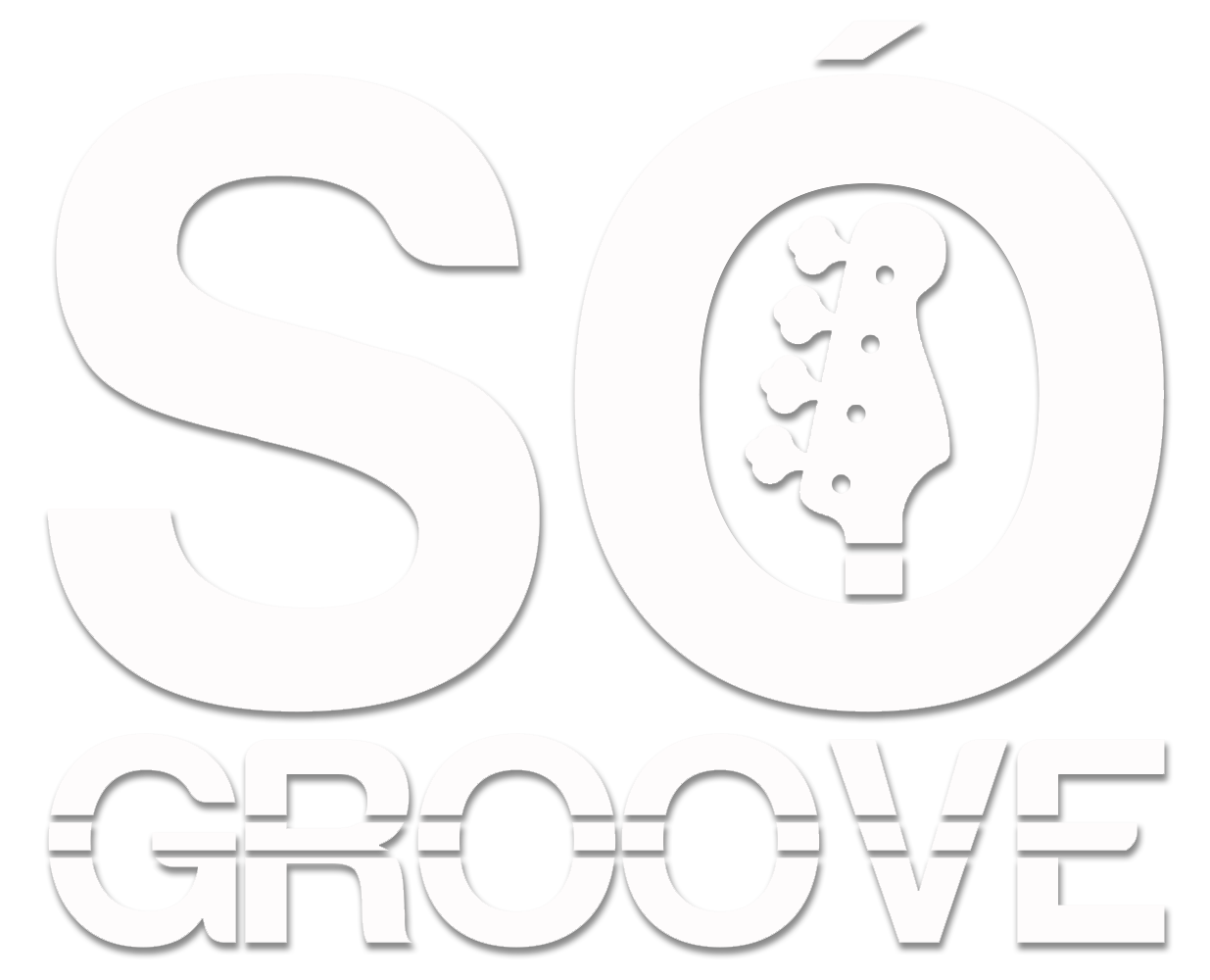
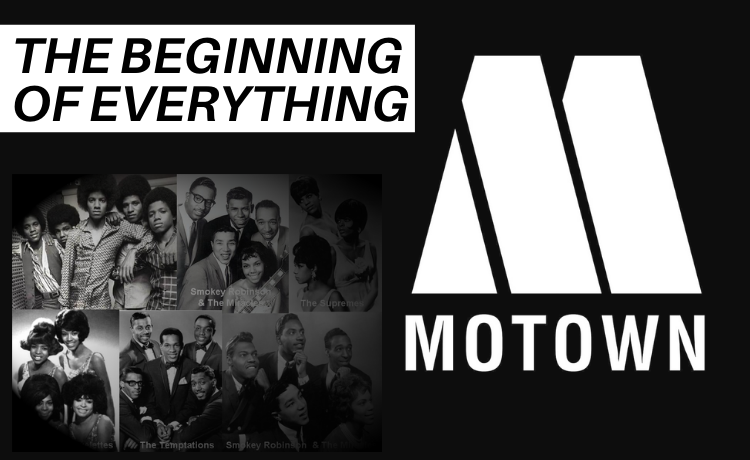
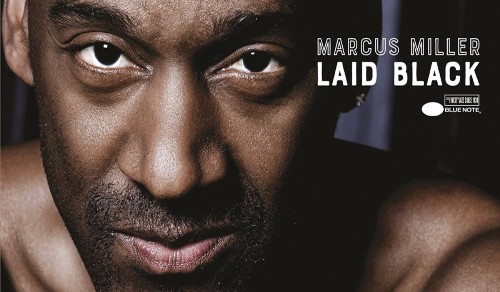





37 Comments